Governor Kathy Hochul recently announced an exciting initiative that will provide financial relief to millions of New York residents. As part of the state’s fiscal 2026 budget, New York will distribute $2 billion in economic relief checks to help families manage the rising cost of living.
With over 8.2 million households eligible, this initiative aims to reduce the impact of inflation and ease financial stress for many residents.
Overview of the Economic Relief Checks
The economic relief program targets residents based on their income and marital status. Here’s a breakdown of how much households can expect to receive:
- Married couples with joint earnings up to $150,000 will receive $400.
- Married couples earning between $150,000 and $300,000 will get $300.
- Single taxpayers with incomes under $75,000 will receive $200.
These payments are being described as “inflation refunds” because they are intended to help counter the rising cost of goods and services, which have made everyday living more expensive, particularly in high-cost areas like New York.
The Purpose Behind the Economic Relief
This initiative is a direct response to the high cost of living in New York, where inflation has made it increasingly difficult for families to meet their basic needs.
Governor Hochul explained that the state has collected more taxes than usual due to the high prices, and rather than keeping that excess revenue, the government is returning it to the residents to ease their financial burdens.
Hochul stated, “The cost of living is still too high,” and emphasized that she had fulfilled her promise to help working families by returning this money directly to them.
The program is designed to benefit a wide range of households, including middle-class families, and it comes with the added benefit of requiring no paperwork to apply.
When Will Payments Be Distributed?
The relief checks will be issued automatically based on 2023 tax returns, meaning that if you filed a return last year, you are automatically eligible for the refund, as long as you meet the income thresholds.
- Start of Payments: The distribution process will begin in October 2025.
- End of Payments: All payments should be completed by November 2025.
This relief program is one of the largest direct cash assistance initiatives in New York’s history. It will impact all regions of the state, and payments will be made via postal mail. There is no specific order for geographic areas or postal codes, so some recipients may receive their checks earlier than others.
Geographic Breakdown of Recipients
The distribution of payments will cover the entire state of New York, with specific regions receiving varying amounts of funding based on population. The largest number of recipients will be from the following areas:
- New York City: 3.53 million recipients.
- Long Island: 1.25 million recipients.
- Mid-Hudson: 924,000 recipients.
- Western New York: 585,000 recipients.
- Finger Lakes: 513,000 recipients.
- Capital Area: 475,000 recipients.
- Central New York: 321,000 recipients.
- Southern Tier: 251,000 recipients.
- Mohawk Valley: 198,000 recipients.
- North Country: 156,000 recipients.
Together, these regions make up the total of 8.2 million households eligible for the economic relief.
Eligibility Requirements
To qualify for the economic relief checks, residents must meet the following criteria:
- File Form IT-201: This form is the standard tax return for New York residents, and you must have filed it in 2023.
- Not Claimed as a Dependent: You must be the taxpayer and not listed as a dependent on someone else’s tax return.
- No Age Restrictions: The program does not impose age limits, so all eligible individuals, regardless of age, can qualify for the relief.
- Income Thresholds: Payments are allocated based on the income guidelines mentioned earlier (e.g., $400 for married couples earning up to $150,000).
How to Track Your Refund
If you’re wondering how to check the status of your payment, more details are available on the official website: ny.gov/inflationrefund.
This site provides essential information on the eligibility criteria, distribution process, and additional details regarding the supplemental tax cuts that have been implemented as part of the state’s fiscal measures.

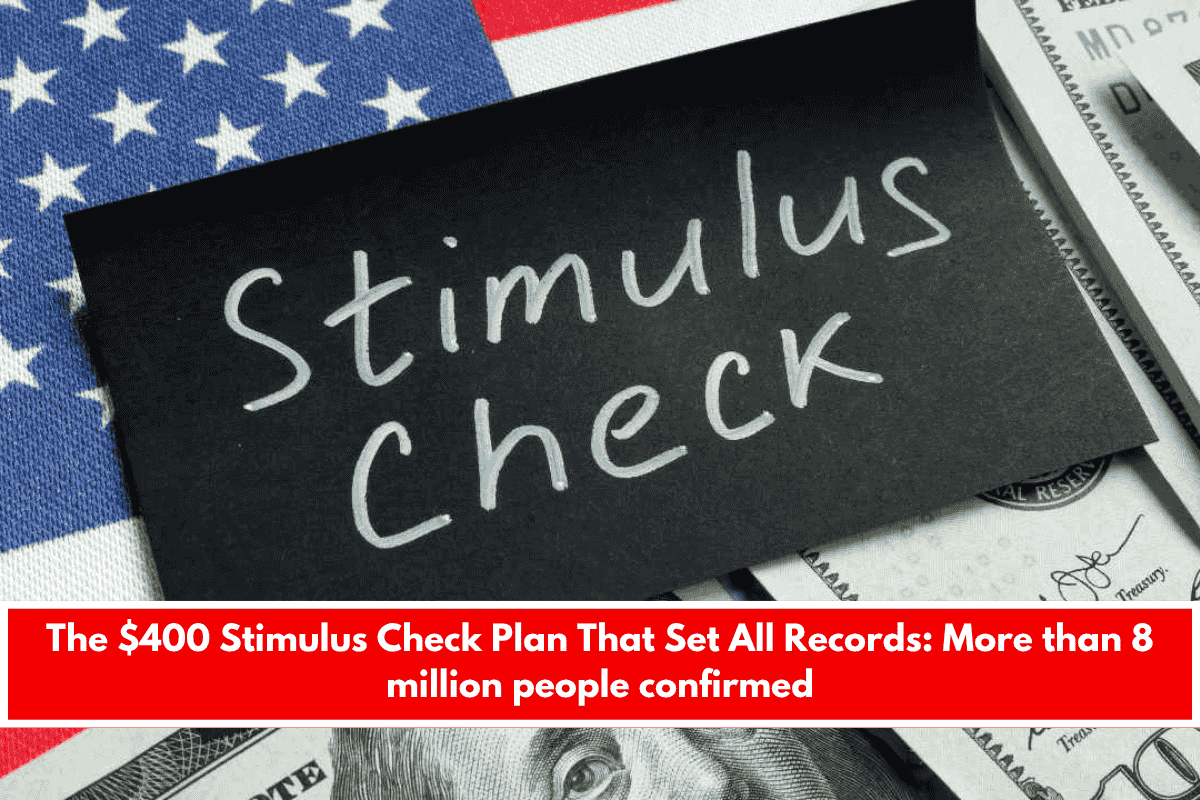
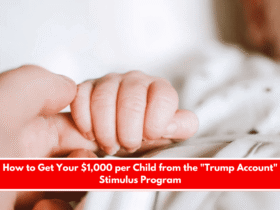

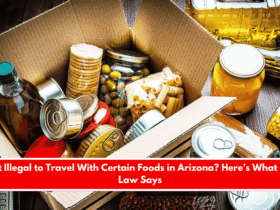


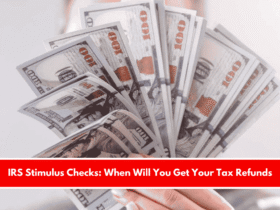
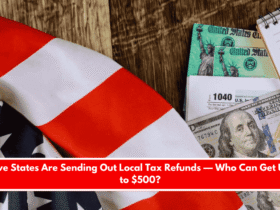
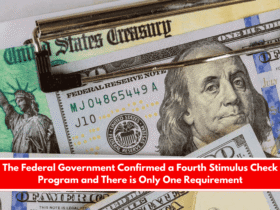
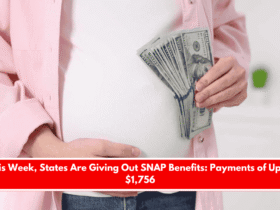
Leave a Reply